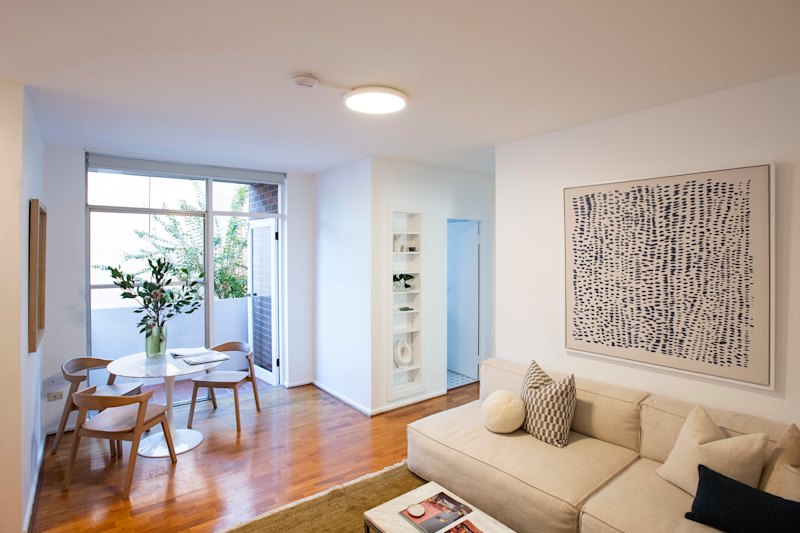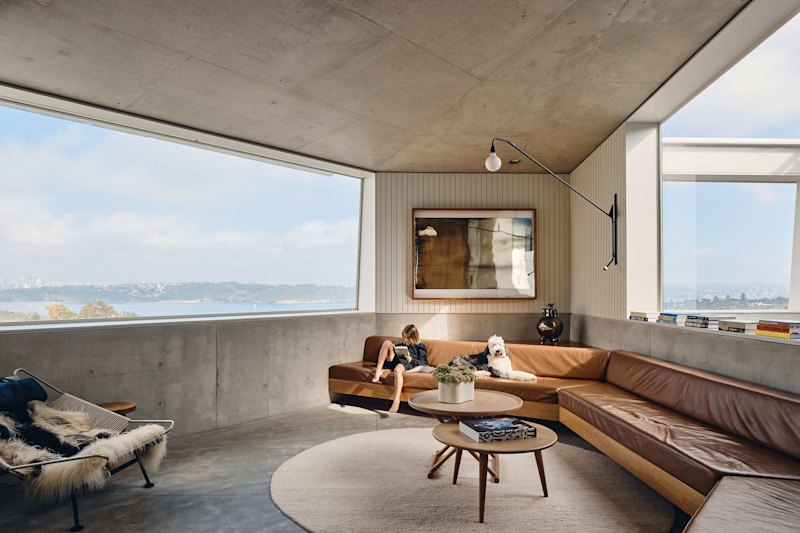Escape to Wandearah, South Australia: A tiny town with strong community links and to The Block 2020

Towns located in “the middle of nowhere” are common in the outback, but the term is bandied about all too often to really do it justice. Until, that is, you visit towns like Wandearah.
In fact, this remote South Australian town isn’t a town at all – it’s an agricultural district. It’s got two churches, a Country Fire Service, a cemetery and a hall, but they’re all spread out across separate places. The football oval hasn’t been played on in more than 40 years.
Look up Wandearah on Google Maps and the accompanying image is a single tree at the fork of two dirt roads stretching into flat plains that meet the horizon.
And that’s Wandearah’s beauty – the sheer remoteness.
The sun sets and rises without any buildings blocking the view. The roads are free of traffic lights and it’s always a clear run to Port Pirie, 30 kilometres to the north, and to Port Broughton, 45 kilometres to the south.
Despite its tiny population, Wandearah has a surprisingly high community participation rate. Residents are members of one of the churches, the heritage society, the memorial institute, the cricket or tennis club. And there’s regular get-togethers – fundraisers or working bees – where locals catch up over a cuppa or a beer.
Population: 16 (Wandearah West) and 97 (Wandearah East) as of the 2016 census.
Who lives there?
Wandearah is home to Daniel and Jade Joyce, contestants on this year’s season of The Block. Renovating a house in Brighton with a 1930s theme is a long way from the home they share with their three children on a 3035-hectare grain and sheep farm.
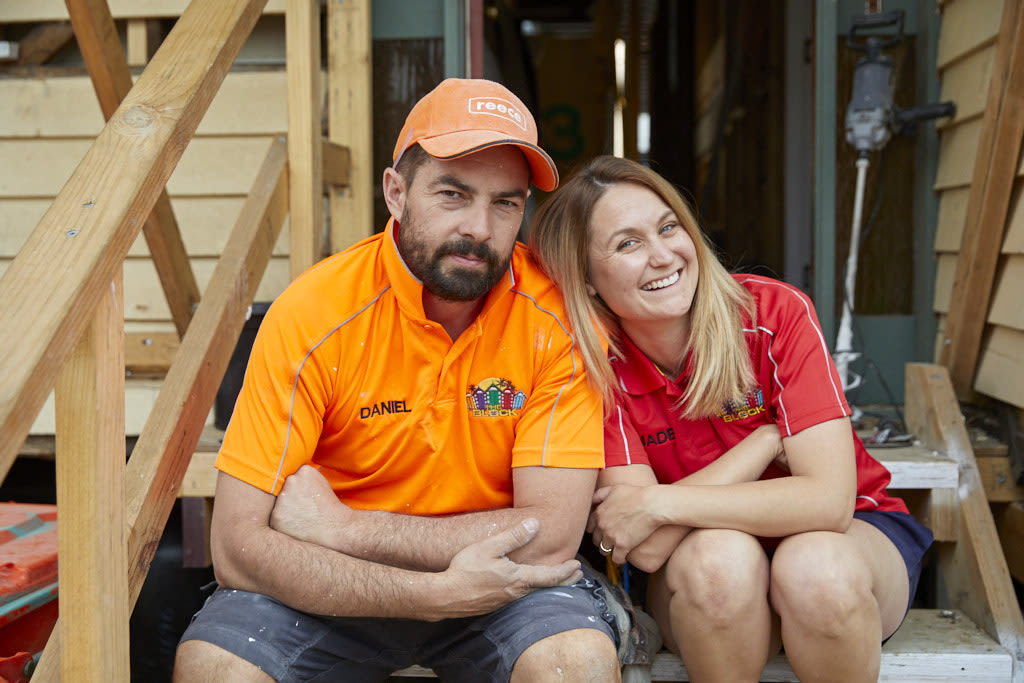
They also own a grain and cattle farm on just under 1500 hectares in Coonalpyn, 140 kilometres south-east of Adelaide.
Jade comes from Port Pirie, where she still works as a hairdresser, while Daniel is a sixth-generation Wandearah farmer.
“By being a sixth generation, and also my kids being the seventh generation, for me there’s that big strong tie to the land,” he said.
“It’s not like your local florist shop you might buy and sell. This is something that we’ve been born and raised into. Because there’s so much history here, it’s hard to walk away from.”
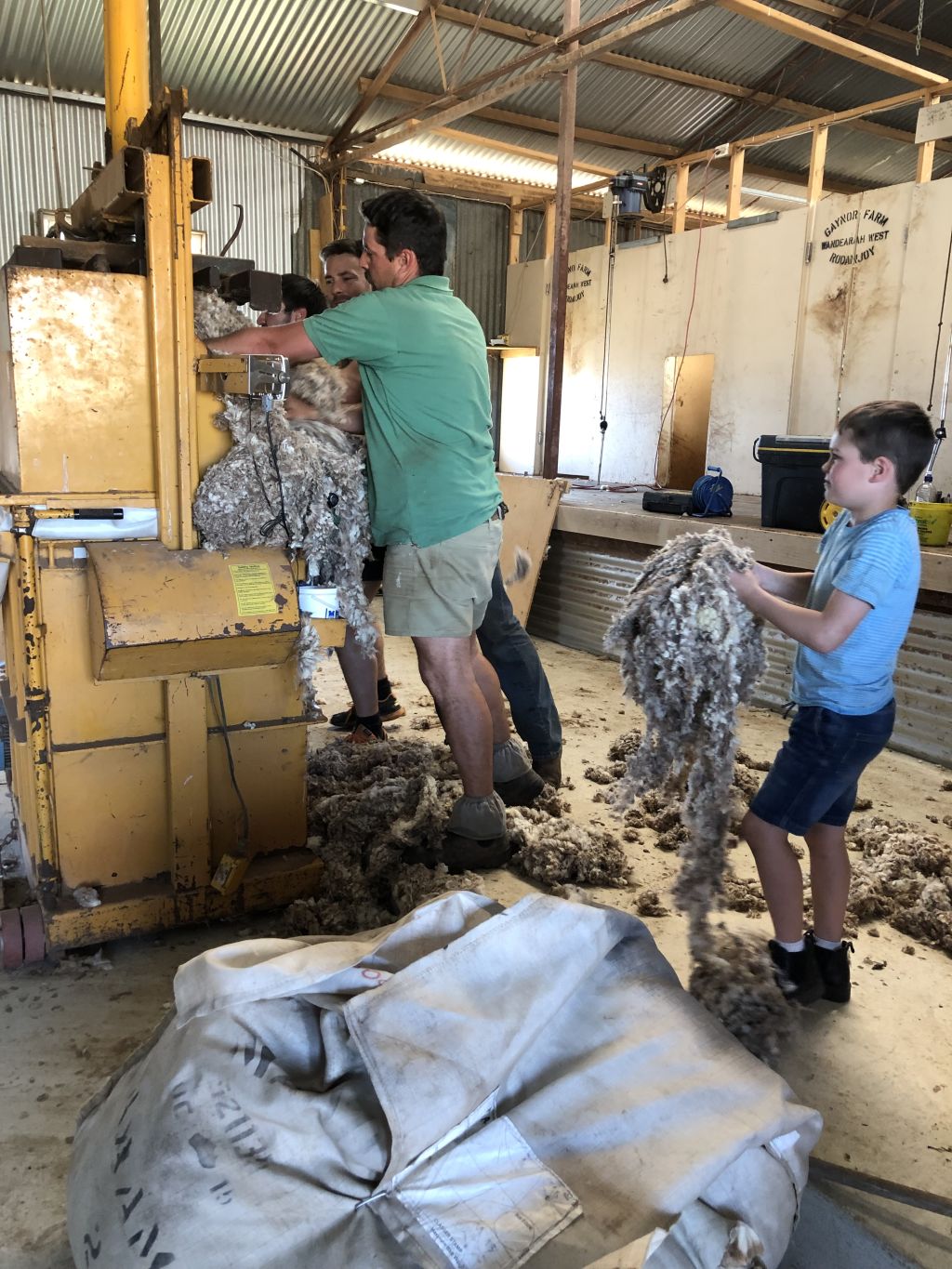
The Joyces love living in the rural community, even if their guests sometimes have trouble finding their way to the farm.
“A lot of people who come to visit us get halfway and say, ‘We thought we were at your house and we had to keep coming, then we had to turn and keep coming’,” Jade said.
“Then when they get out here they say, ‘You really are in the middle of nowhere!’
“But for us, I suppose we’re used to it.
“It takes me 20 to 25 minutes to get into Port Pirie. We don’t have traffic lights on the way and you are going at 110km/h.”
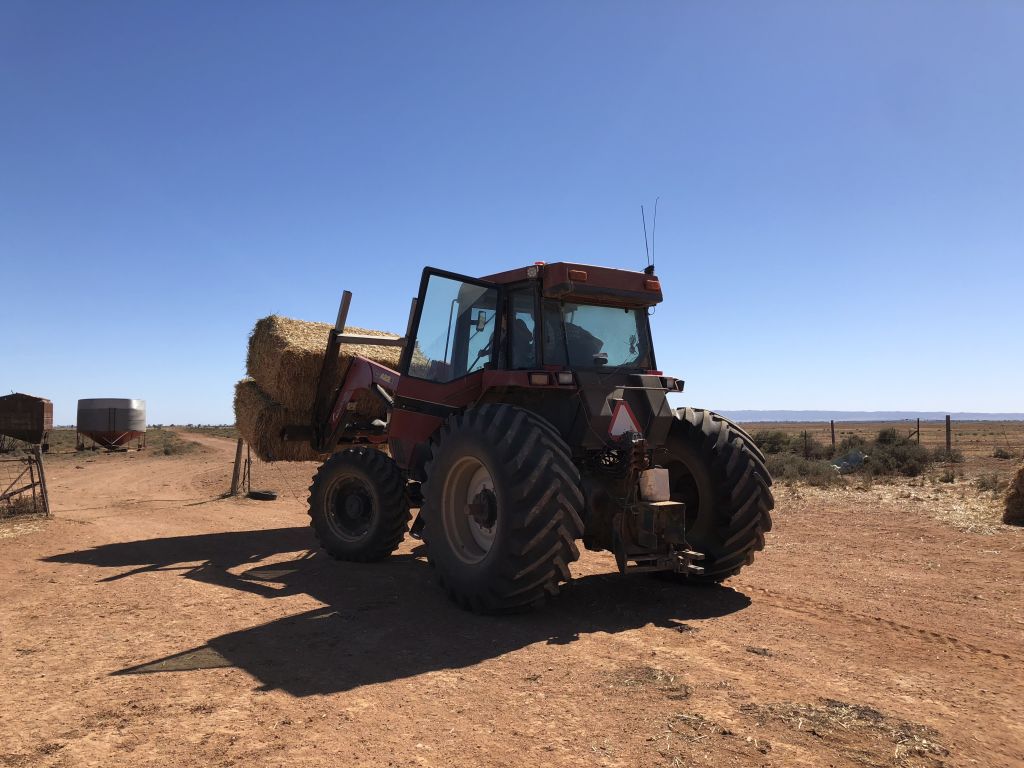
The devastation of the drought in recent years has made farming tough for the Joyces and their neighbours in Wandearah. But community spirit hasn’t faded, which Jade says is an amazing feat for a farming district where neighbours can live dozens of kilometres away from each other.
“The fact that it’s a community that’s still going is quite unique, because there aren’t many community districts like this that are still actually running,” she said.
“It’s quite special that the Wandearah community still holds its own quite well. It supports its own name.”
Daniel is a committee member of the local hall, the Wandearah Memorial Institute, which hosts regular fundraisers for local causes. The biggest turnout would be between 80 and 120, he estimates.
What happens there?
Fundraisers aside, the biggest event on the Wandearah calendar is the Christmas function at the Wandearah Memorial Institute. The jolly man in red makes an appearance and busy farmers have a chance to see their neighbours, an important means of support when drought is wreaking havoc.
Wandearah farmer Jack Keain likes to keep in touch with his fellow members of the Broughton Plains Heritage Society.
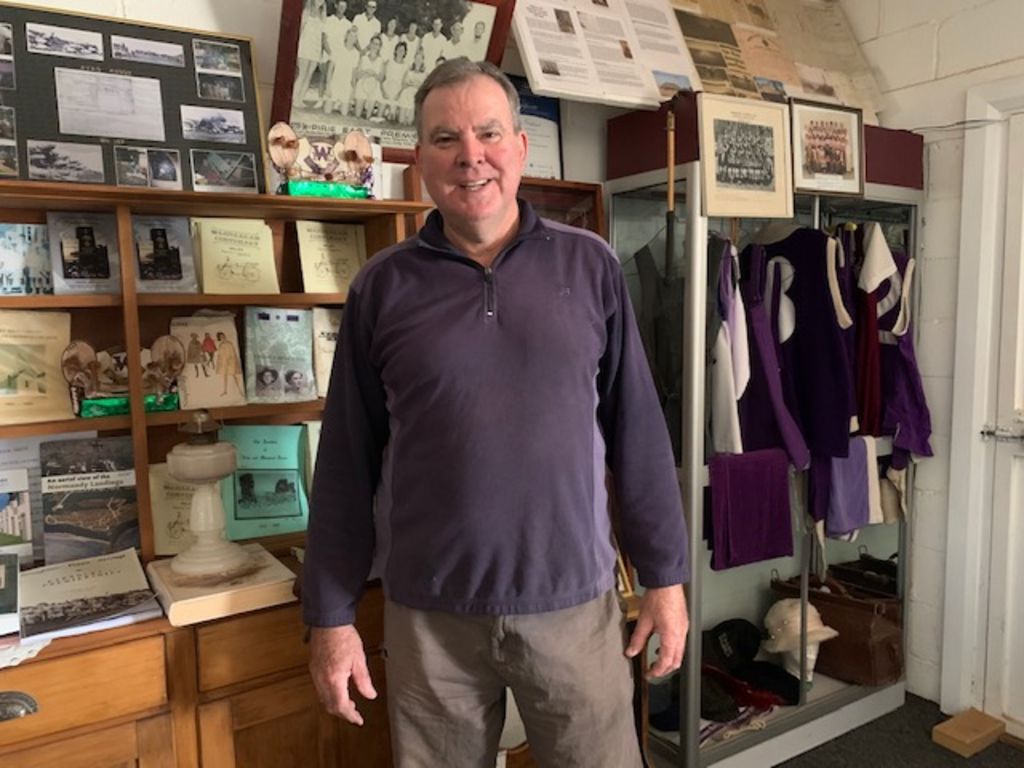
The active group oversees a small museum exhibiting a range of historical farming equipment, photos and relics. The museum is set up in the former football clubrooms, so it also shows memorabilia from the club.
“We meet once a month and another time for a busy bee, like we do a bit of work around the place, so probably twice a month,” Keain said.
“Today we had a bus out there, people visiting and yesterday I had a woman who used to live here over 50 years ago ring me up and say she wanted to come and have a look.
“And last week we had a bus trip here so it does get quite busy with people rolling up.”
In addition to being chairman of the heritage society, Keain is also a councillor at Port Pirie Regional Council.
Farm life could be isolating, but Keain said Wandearah’s community groups kept the community connected.

“Some people want to mix and some people just want to keep to themselves if they are new to the area,” he said.
“Because I run the museum I try to get people involved in that just to keep the membership up. I do meet a lot of people that way.”
What’s life like?
Life is busy in Wandearah for farmers, particularly those who own large lots of land. It can also be tough, as anyone who has withstood the past drought-stricken years will attest to.
Port Pirie and Port Broughton are just a 30-kilometre drive away in either direction and a fair chunk of Wandearah locals commute to these towns for work. On weekends, locals also head there to shop, eat and socialise.
What jobs are there?
Most of the tiny population are farmers, commonly wheat and barley farmers. In recent years, their farms have become bigger as younger farmers buy up neighbouring properties.
Real estate agent Martin Stringer from Wardle Co Real Estate has worked in the mid-north district selling rural properties for 26 years.
Sales in Wandearah are sporadic owing to the large properties and diminishing population.
“The last one we sold out at Wandearah was Duffields in 2015,” he said.
“Within the area it’s hard to believe, but you will have your areas like Wandearah where you might get three properties come up in the one year then for the next six years you won’t have anything, it will be in another area.
“It’s just the way it is. It just fluctuates.”
Stringer has seen things change over the years, particularly the way the land is farmed.
“There’s been a changing of the farming techniques,” he said.
“Years ago farmers used to work and work the land, whereas nowadays they resow the old stubbles and put it all back into the ground, which seems to hold the moisture and they’re not working the land as much. It’s classed as minimal till.”
Why should you move there?
If you’re a city-dweller who’s had enough of the rat-race and wants a complete departure, Wandearah is an ideal place to live. Most houses aren’t within cooee of their neighbours and there’s nothing like the clean country air.
If you’re like Daniel and Jade Joyce, the best spot is on your back verandah looking out to the Strzelecki Ranges or out to the west where the coast is located.
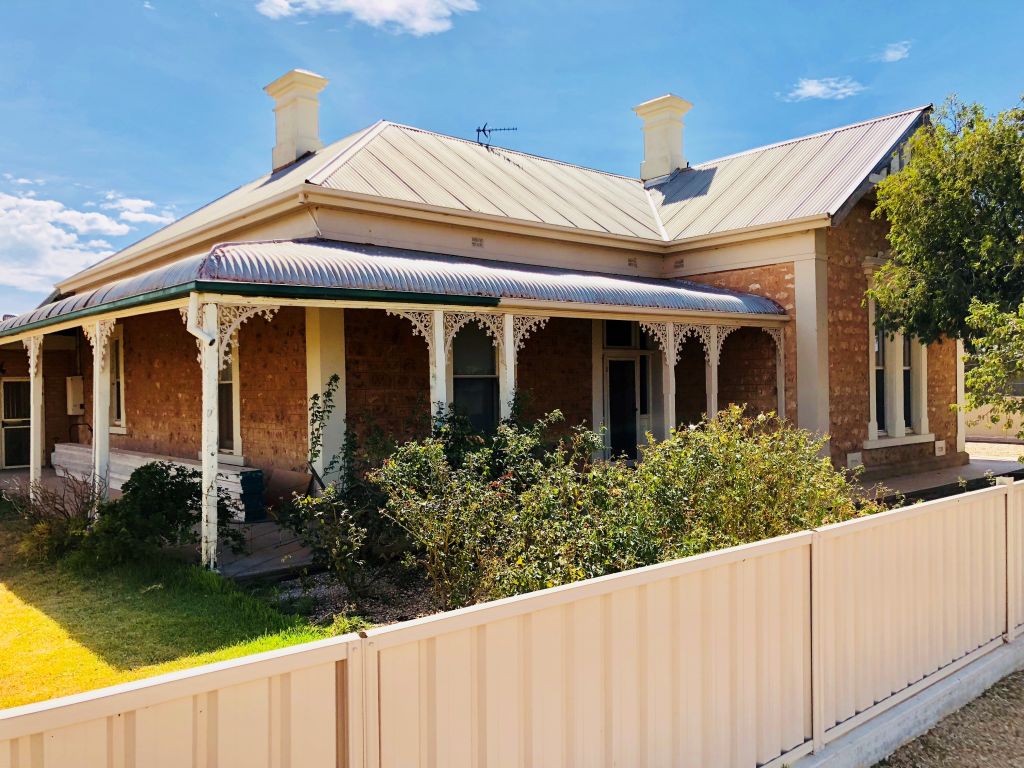
“Quite often the water and clouds reflect off each other so you get these picturesque sunsets without any lights in front of it,” Daniel said.
“A lot of towns don’t get that. There’s no buildings in the way, it’s just very open.”
We recommend
States
Capital Cities
Capital Cities - Rentals
Popular Areas
Allhomes
More
